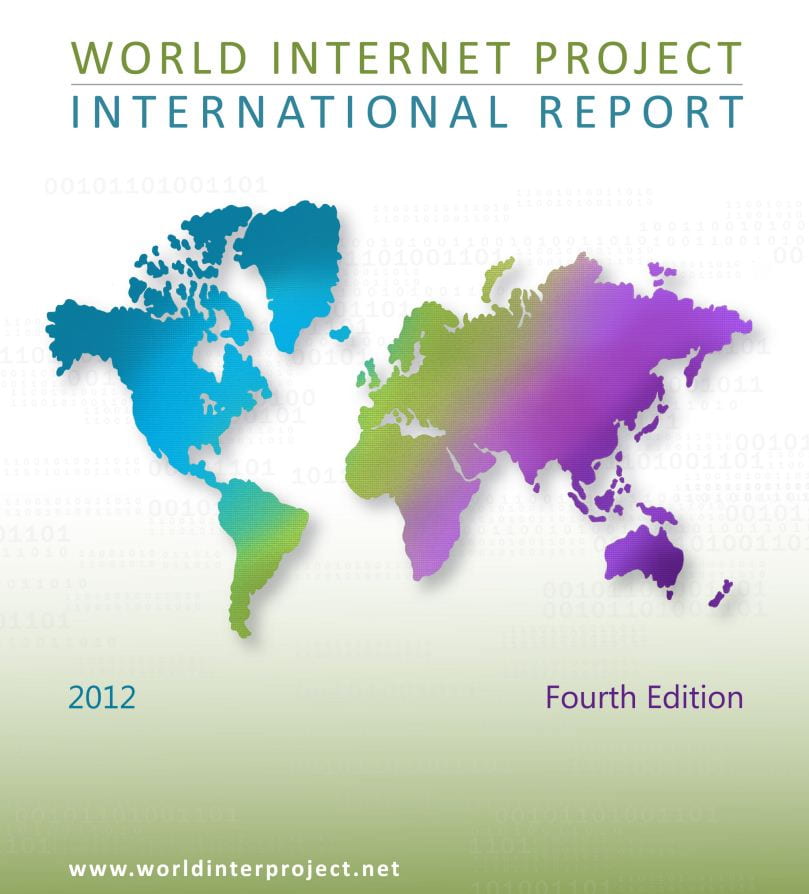
SYDNEY – Critics here are sniping at the Australian government’s plan to build optical fiber links to almost all homes here, at an estimated cost of $43 billion.
The criticism is that the plan is going forward according to a plan devised years ago – a plan which assumes personal computers would be the way Australians connect to the Internet. At the time, that was correct. But now, with the unexpected surge of mobile devices as a primary medium and with the rise of smart phones as the way people reach the Internet, critics are saying the project could be modified – and costs could be reduced.
Australia already has a cell phone penetration rate of over 100%: by 2008, the number of mobile telephones had exceeded the number of people in the country, according to an Australian government report. The key is how many of those are phones capable of accessing the Internet easily, and how quickly that number is increasing.
Australia is one of the most urban countries, and certainly the most urbanized continent. So the cost of building a fiber network in such densely populated cities as Sydney or Melbourne might not be prohibitive. And Internet penetration is already high: nationwide, 86% of Australians are online, according to the report last month by the USC Center for the Digital Future, which also noted most Australians support the new fiber network.
But the network is planned to reach 93% of all of the countries homes, and extending a fiber network to houses in the expanses of the largely unpopulated Australian outback is what drives up the cost of the project. The analogy in the U.S. would be the higher cost of extending Internet service (and earlier, mail, electricity and telephone service) to rural America. But in Australia, rural areas are vast and more thinly populated than in the U.S.